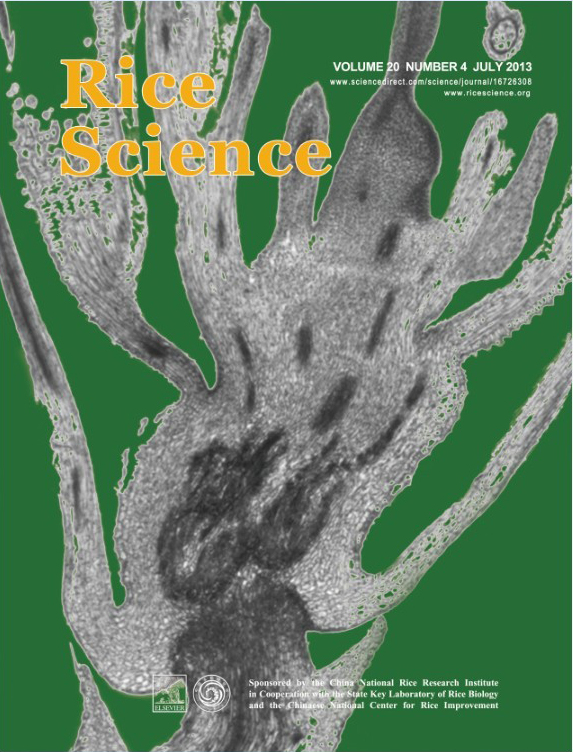Effects of shading at the flowering and grain filling stages on osmotic regulation substance content and protective enzyme activities in the leaves of different rice genotypes (e.g., IIyou 498, Gangyou 188, Dexiang 4103, Gangyou 527 and Chuanxiang 9838) were investigated. The results showed that the malondialdehyde content of Gangyou 188 significantly increased under shading, whereas those of IIyou 498, Dexiang 4103, Gangyou 527 and Chuanxiang 9838 showed no significant differences compared to the control. The soluble sugar content significantly decreased in IIyou 498, Gangyou 188, Dexiang 4103 and Chuanxiang 9838, whereas it did not significantly increase in Gangyou 527 under the weak light conditions (shading). Moreover, the soluble protein content in the leaves of different genotypes tended to decrease under shading. Further, the protective enzyme activities in the leaves varied in different rice genotypes under the shading treatment. Based on the osmotic regulation substance content and the protective enzyme activities in the leaves of different rice genotypes, it was concluded that Gangyou 188 and Gangyou 527 had strong abilities to adapt to the low light conditions. In addition, the mechanism of damage to rice leaves in different genotypes under shading was discussed.

